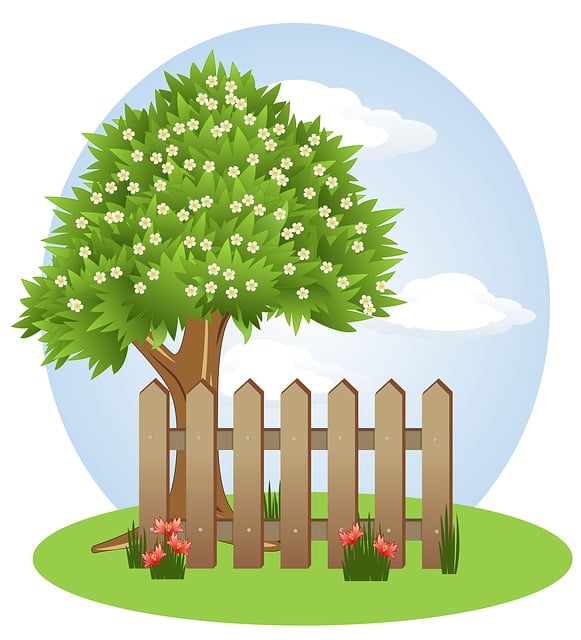In coastal regions, where harsh weather conditions and salt air pose unique challenges, durable wooden fencing is a smart investment. This article guides homeowners and contractors through the essential considerations when selecting and installing fencing suited to these environments. We’ll explore the advantages of long-lasting wood options, from enhanced security to aesthetic appeal, all while withstanding the test of time and elements. Additionally, practical tips on wood selection and maintenance will ensure your coastal fence stands strong against the sea’s relentless conditions.
- Understanding Coastal Fencing Requirements
- Advantages of Durable Wooden Fencing
- Choosing the Right Wood for Coastal Conditions
- Installation and Maintenance Tips for Longevity
Understanding Coastal Fencing Requirements
Coastal areas present unique challenges when it comes to fencing due to their exposure to harsh weather conditions, including high winds, heavy rainfall, and salt mist. Understanding these specific requirements is essential for any fencing project in these regions. The primary concern is selecting materials that can withstand these elements while maintaining durability and longevity.
Traditional wooden fences may not be the best choice for coastal locations as they can rot quickly due to constant moisture. Instead, opting for durable, treated wood or alternative materials like vinyl or metal offers better protection. These options are designed to resist corrosion, decay, and the damaging effects of salt water, ensuring the fence remains strong and structurally sound over time.
Advantages of Durable Wooden Fencing
Durable wooden fencing offers an array of advantages for coastal areas, where traditional materials often face harsh weather conditions. Firstly, wood is a naturally renewable resource, making it an eco-friendly choice. This allows for sustainable maintenance and replacement cycles, ensuring the fence remains in top condition while minimizing environmental impact.
Additionally, treated wooden fences exhibit exceptional durability, resisting rot, mold, and pest infestations common along coastlines. Their long lifespan reduces the need for frequent repairs or replacements, providing cost-effective solutions for homeowners and businesses alike.
Choosing the Right Wood for Coastal Conditions
When selecting wood for fencing in coastal areas, it’s crucial to choose a durable species designed to withstand salty air and frequent moisture. Common options include treated cedar, redwood, or tropical hardwoods like Ipe. These woods have natural resistance to rot and insects, making them ideal choices for outdoor use near the sea.
Treated cedar, in particular, is known for its beauty and longevity. It’s often infused with preservatives that enhance its water-repellent properties, ensuring it remains strong against coastal elements. Redwood, another excellent choice, offers a unique natural resistance to decay, making it suitable for both aesthetic and functional fencing needs in these environments.
Installation and Maintenance Tips for Longevity
When installing wooden fencing in coastal areas, ensure proper drainage to prevent water damage. The ground should be sloped slightly away from your fence to allow for water runoff. Use treated, weather-resistant wood like cedar or redwood, and consider pre-assembled panels for easier installation. Regular cleaning is essential; brush off loose dirt and use a mild soap to remove salt deposits that can accelerate decay.
For maintenance, inspect the fence annually for any signs of damage, rot, or pests. Repaint or restain as needed, using products designed for exterior use. Keep the area around the fence clear of debris and overhanging branches. During storms, monitor high winds and heavy rain to avoid excessive stress on the fencing. Regular care will ensure your coastal wooden fence remains durable and attractive for years.
